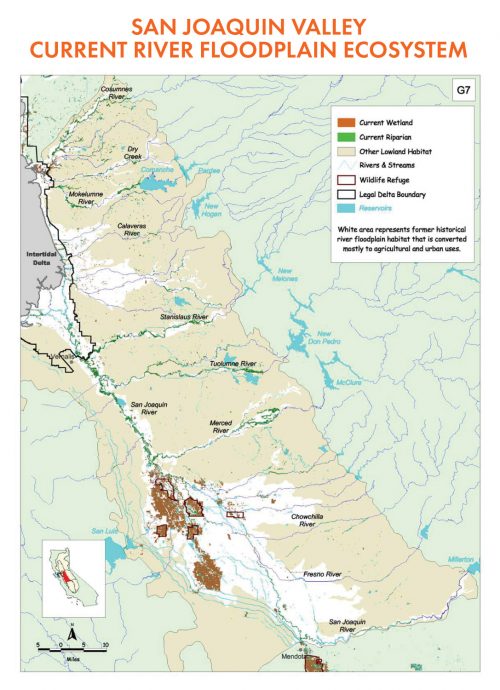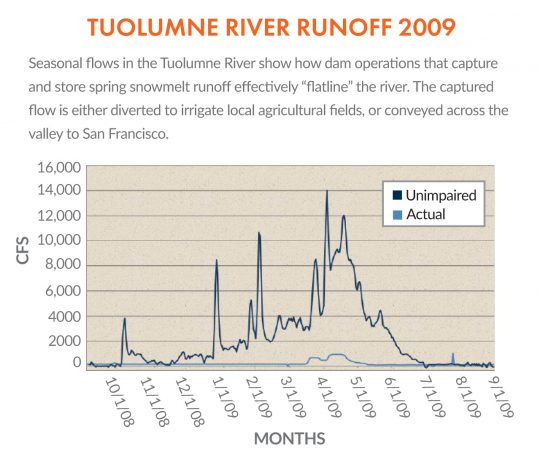More Flow from San Joaquin Valley Rivers Required to Help Salmon Runs – But Much More Remains to be Done
One of the Bay Institute’s highest priorities for the last decade has been to secure new, stronger water quality standards for the San Francisco Bay estuary. We achieved a partial victory on December 12, when in the first phase of updating those standards the State Water Resources Control Board voted 4-1 to require more flow from San Joaquin Valley tributary rivers – the Stanislaus, Tuolumne, and Merced – to reach the Sacramento-San Joaquin Delta.
The Board’s action was the first time that Bay-Delta standards, mandated by both the state and federal Clean Water Acts, have been updated in 23 years. It also represents the first time ever that upstream water users have been required to release water to protect downstream Bay-Delta habitat. Up to now only westside San Joaquin Valley and Southern California water districts, and other users that contract to receive water exported directly from the Delta by the giant pumps of the State Water Project and federal Central Valley Project, have been obligated to do so. While Delta exports represent the single biggest diversion in the system, with extremely destructive impacts on the estuary ecosystem (see our 2012 report, Collateral Damage, for more details), high levels of diversion upstream by both senior state and federal project contractors and non-project users throughout the Bay’s watershed also contribute to reduced stream flow, Delta inflow, and Bay inflow, and the many harmful ecological effects associated with flow alteration. You can learn more about how altering the amount and timing of freshwater flow affects the health of the Bay estuary in the Bay Institute’s 2016 report, The Freshwater-Starved Estuary.
The Bay Institute’s expert testimony and outreach to Board members and staff was a major factor in supporting the Board’s finding in a 2010 report to the California legislature that 60% of the natural runoff from the San Joaquin River basin was required to fully protect Chinook salmon runs and other public trust resources, and its 2016 decision to revise its first draft regulation and initially require at least 40% of runoff to be released for inflow as far downstream as the Delta. The 40% criterion would result in significant flow increases, including doubling the amount of water from the Tuolumne River that now flows downstream. However, it stills far short of the 50 – 60% of San Joaquin basin runoff needed to maintain and recover salmon and steelhead that migrate to and from the ocean through the Delta, as established in analyses by the Bay Institute, the Board, and the California Department of Fish and Wildlife.
Part of the dynamic that is driving the Resources Agency to back away from its own science and the Board’s and to instead reach agreements with water users is the Trump Administration’s assault on California water and environmental policy. Trump’s Interior Department withdrew a federal proposal for increased Tuolumne River flows in the FERC relicensing process; renegotiated the Coordinated Operations Agreement between the federal Central Valley Project and the State Water Project, resulting in a loss of 200,000-300,000 acre-feet of water to state water contractors; and are seeking to eliminate flow criteria and export restrictions required under the Endangered Species Act that currently help prevent Chinook salmon, steelhead, and Delta smelt from going extinct, which would potentially force the state to increase its share of the water needed for these species. In contrast to its leadership in opposing Trump’s climate change denial agenda, the Brown Administration pursued a different path with regards to water project management in order to avoid significantly increasing environmental flows.
The Board rejected calls to delay its San Joaquin inflow decision on December 12, but did leave the door open to incorporating these agreements at a future date. Bay Institute scientists are now working to further evaluate the voluntary settlement agreements now that the details are being made public, and to prepare new technical analyses to help shape the Board’s next, bigger decision, expected in 2020 – how much water must flow from Sacramento Valley rivers to the Delta, and the total amount of freshwater flow that must reach San Francisco Bay. We are also working with the larger environmental community to let the incoming Newsom Administration know that it’s time to set a new water agenda for the state – one that secures the flow and habitat necessary to restore threatened aquatic ecosystems like the estuary and pioneers alternative water management approaches like water reuse, instead of relying on more new infrastructure like dams and tunnels.
About The Bay Institute

The Bay Institute is the science, research, policy, and advocacy arm of the Bay Ecotarium, an umbrella organization dedicated to protecting, restoring and inspiring conservation of San Francisco Bay and its watershed. The Bay Institute’s expert scientists and policy analysts work to secure stronger protections for endangered species, water quality, and aquatic habitats; reform how California manages its water resources; and design and promote comprehensive ecological restoration projects and programs, to ensure the health of the greater San Francisco Bay.








